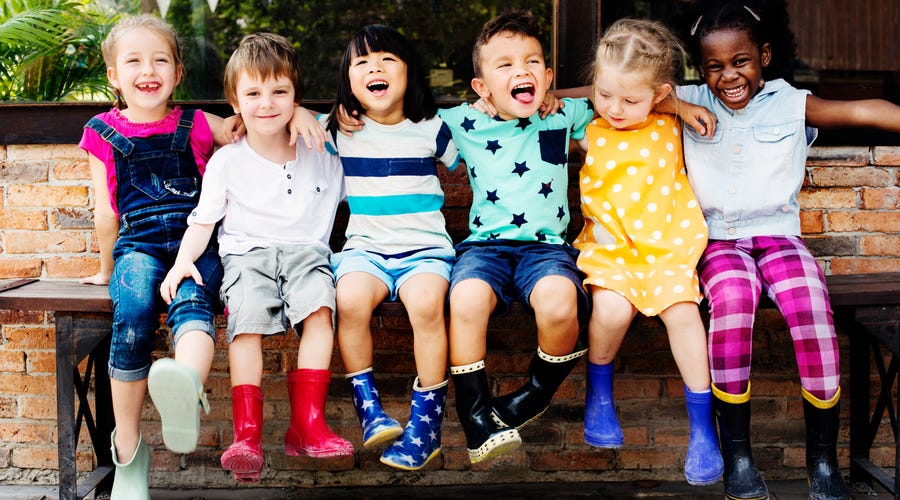
Learning tactics
From ancient rome to today various learning tactics have remained the same:
For children, there is nothing better than play. When learning becomes enjoyable, children are better able to pick up grammatical elements and vocabulary. Playful activities involving games, songs, and stories are crucial learning tactics.
Consistent exposure to a language is crucial for learning. Simply speaking English to your child every day on the way to school or enrolling them in a language school can greatly aid their progress. By prioritizing these methods, you may find less need for additional interactive tools like foreign language apps or social media teaching videos
Language skills are most effectively developed through exposure to environment and social interaction. By reinforcing learning through group activities, children not only learn by interacting with each other but also by sharing their unique language skills.
Do you have friends, acquaintances, or family members who want themselves or their children to learn a foreign language? Make arrangements to involve them. Sharing a common goal with those around you will not only create a supportive environment but also motivate you to engage in regular language practice.
Incorporating foreign language skills into everyday life is crucial. There are simple ways to do this, such as writing in a diary, acting in a play, or cooking a foreign recipe together. Engaging in these activities can facilitate automatic learning as children naturally apply their knowledge in various scenarios.
As repeatedly emphasized, every child is unique; therefore, each one learns differently. By understanding the diverse needs, pace, and learning styles of each child, individual lessons are better equipped to cater to their interests while teaching.
Learning a new language should evoke an inspiring adventure of joy and discovery. Through an integrated approach that includes play, regular contact, a natural curriculum, and individualized social interaction, children can actively develop their language skills in a positive and enjoyable manner.





.jpg?auto=webp&format=pjpg&quality=80&width=800&height=800&fit=crop&crop=800:600,smart)